Taylor Phinney: I thought a lot about myself as a cyclist and as an artist
BMC rider finds outlet through painting during long recovery process
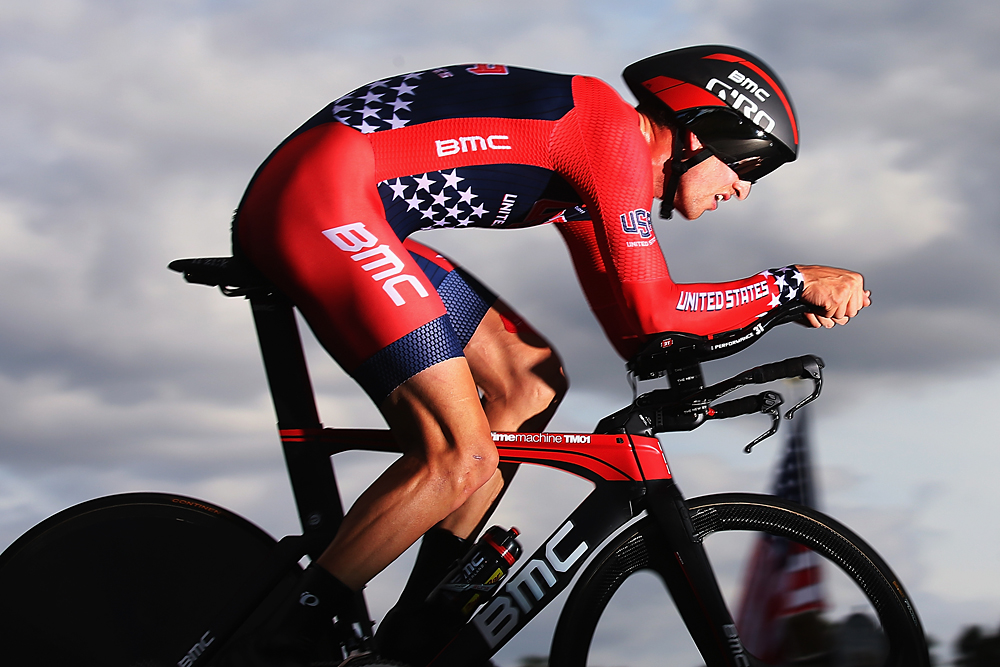
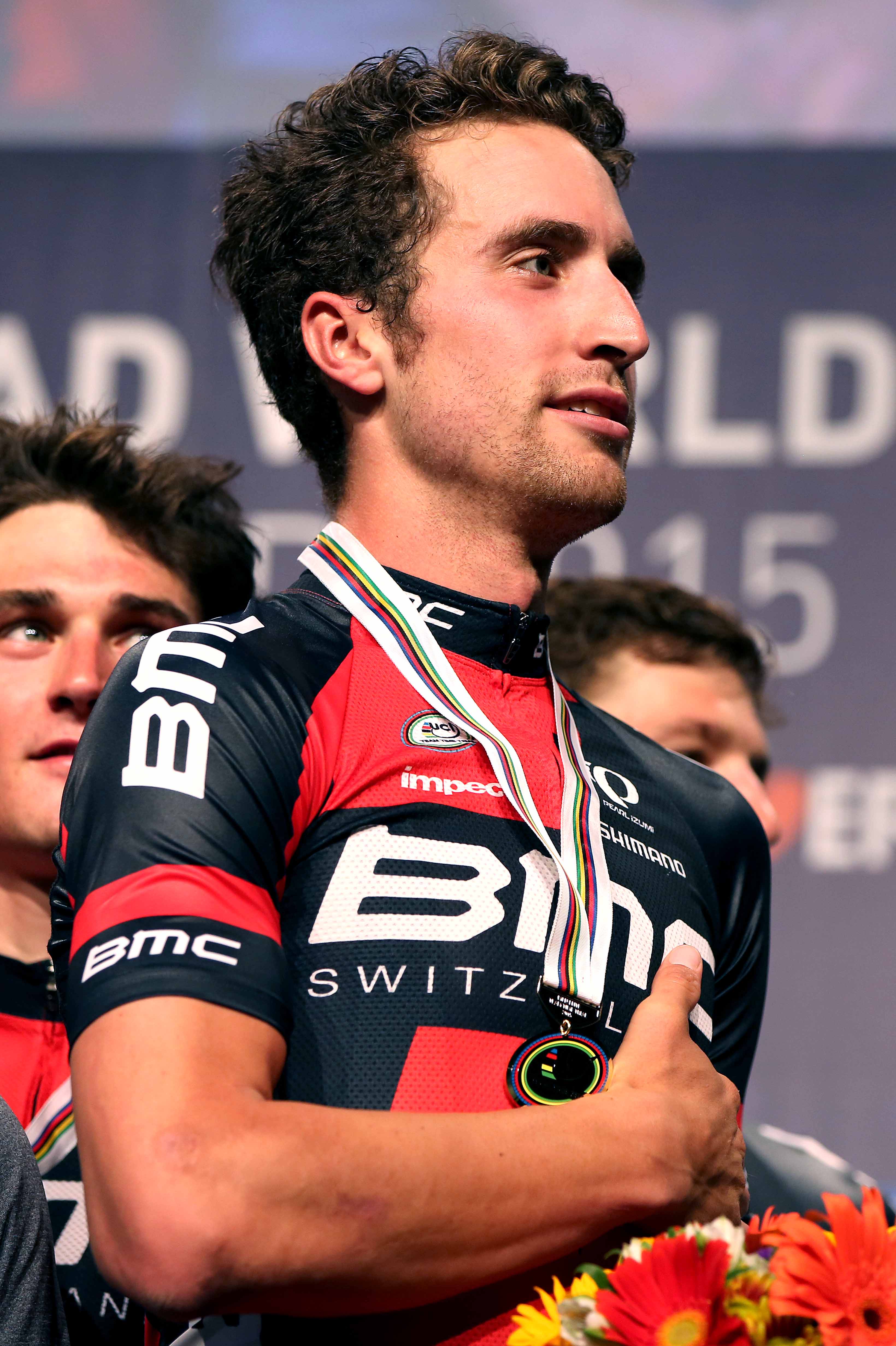
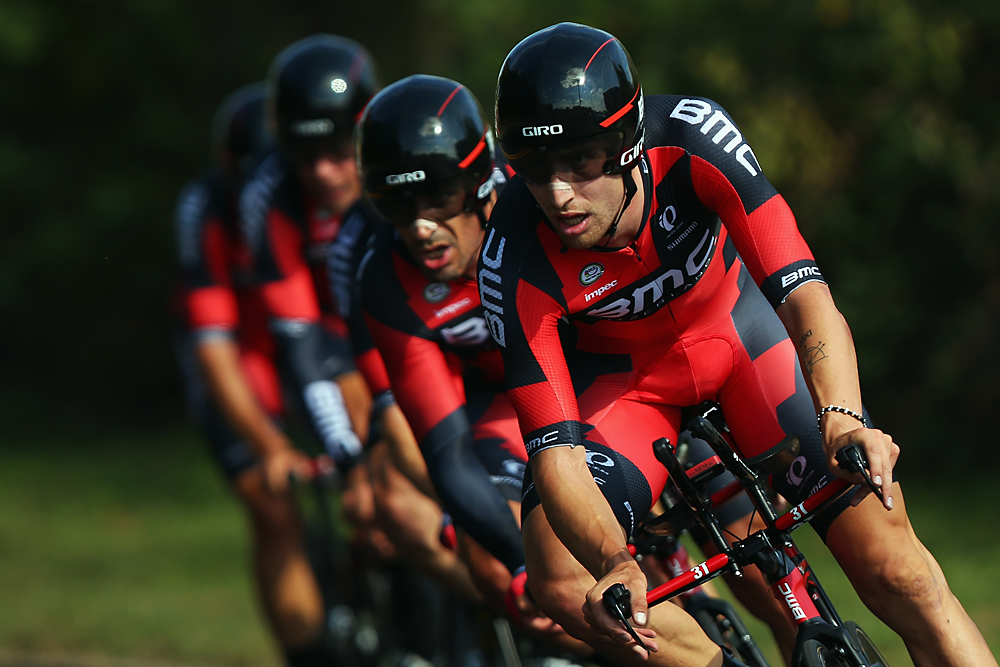
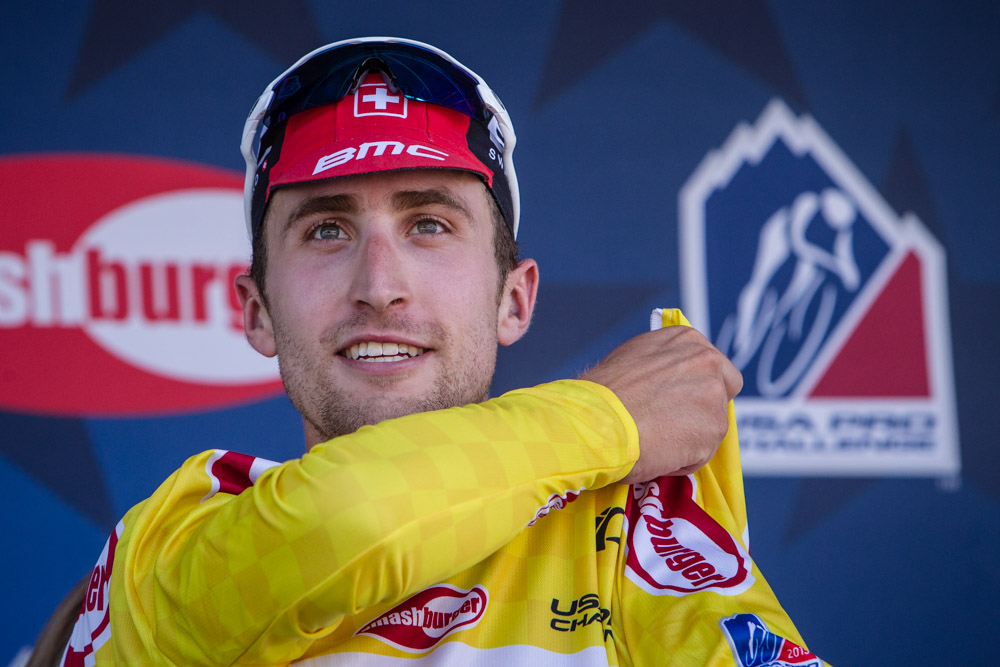
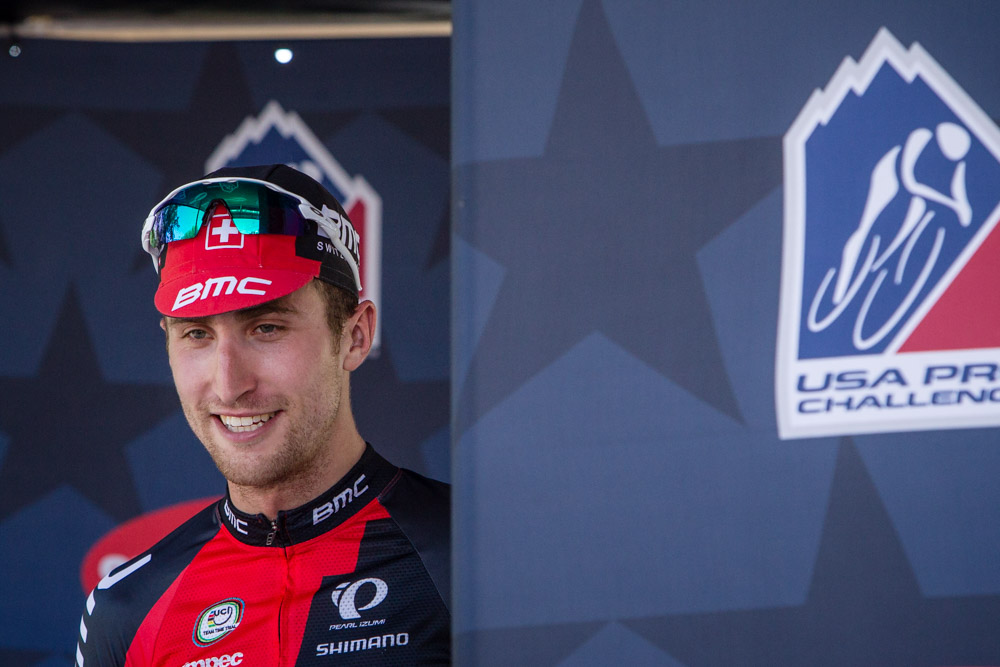
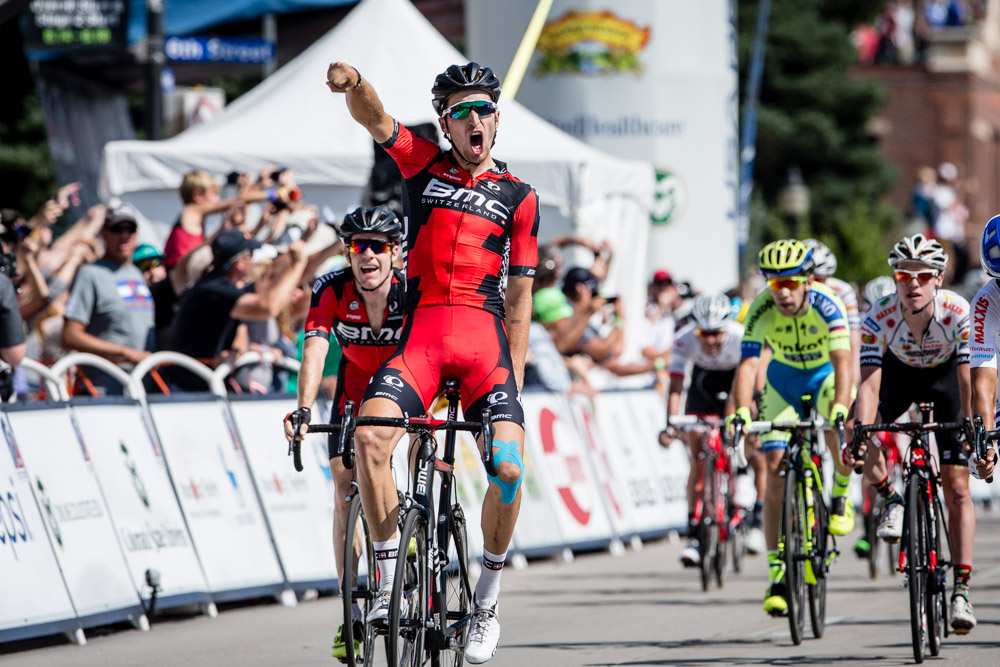
This feature appears in the latest issue of Procycling. To subscribe to the magazine, click here.
Taylor Phinney has been extraordinary ever since he cruised into cycling’s general consciousness, aged just 17, when he took victory at the 2007 Junior World Time Trial Championship. As the cycling prodigy son of former sprinter Davis Phinney and Olympic road race champion Connie Carpenter-Phinney, his upward trajectory continued into the middle of 2014, when a Tour de France debut beckoned. However, just two days on from claiming his second national time trial title, he crashed on a descent in the road race at Chattanooga, sustaining a bad break to his left leg.
Following initial examination of his injuries, Phinney’s BMC team announced he would be back in the saddle within six to eight weeks. He pencilled in the Tour of Britain as his return race. Yet as Procycling sits down with him just prior to the 2015 edition of that same event, 12 months on, the 25-year-old has only recently retaken his place in the international peloton. Although he’s already bagged an impressive stage win at the USA Pro Challenge, he insists he is still feeling his way back into racing. His aim, he says, is to gain form for the World Time Trial Championships in Richmond [where he’d finish 12th] and, much more importantly, set himself up for the 2016 season and a shot at Olympic gold.
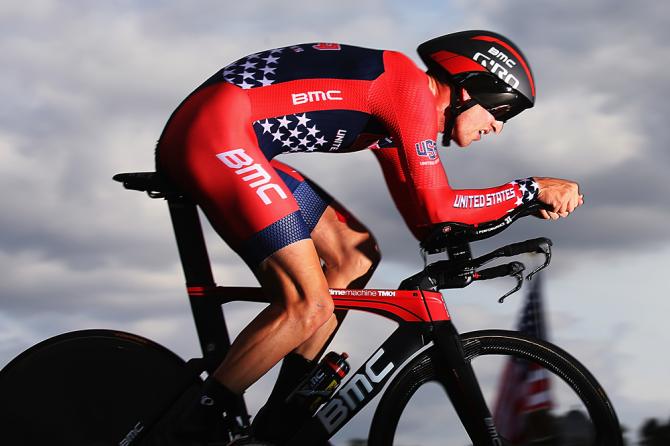
But let’s leave the future for the moment and turn to something as extraordinary as his racing achievements.
Just a couple of days earlier, Phinney had told our sister title Cyclingnews that the last year was “honestly one of the best years of my life”. This was a year in which he struggled to recover from his injuries as quickly as everyone expected, ultimately ending up on the sidelines for the best part of 12 months. Athletes don’t tend to cherish such moments but Phinney, demonstrating his ability for the extraordinary, made use of the time off. His explanation of why he thrived results in an extremely unusual but fascinating conversation.
“I had a lot of time to be able to experience life without being a professional athlete,” he says. “I felt a totally different animal and it was kind of an exciting place to be because I’ve basically been a professional since qualifying for the Olympics in 2008 after coming out of high school. Normally you have that transition from being in school to being in the real world but it came a bit later for me. I’ve had time to explore that and have fun with it as well, while still focusing on all the things I needed to at the same time.”
Phinney affirms that having the support of his BMC team during his period of recuperation removed pressure on him to return before he was ready. Having no salary or contract issues to worry about was important. “That meant I was able to focus totally on my recovery. I was able to minimise any stress,” the American explains.
Get The Leadout Newsletter
The latest race content, interviews, features, reviews and expert buying guides, direct to your inbox!
He admits that he was following the cycling scene quite closely during the initial weeks of his convalescence. He had put an X next to the Tour of Britain but now says that this was premature. “It was such a long recovery. You can try to rush it but there’s no way to do that when you’re letting bones, tendons and ligaments heal. That takes time and you simply can’t speed it up. Once I accepted that, I was able to put my mental energy towards other things,” he explains.
The impulse to switch his focus came when the USA Pro Challenge rolled into his hometown, Boulder. “The final stage started right in front of my apartment. It was surprisingly difficult for me to look out and see that,” he confesses. “At that point I cut off most of my interest in the sport and stopped following any cycling news, stopped doing Twitter, stopped updating so much about my recovery and took a step back and threw myself into some other things.”
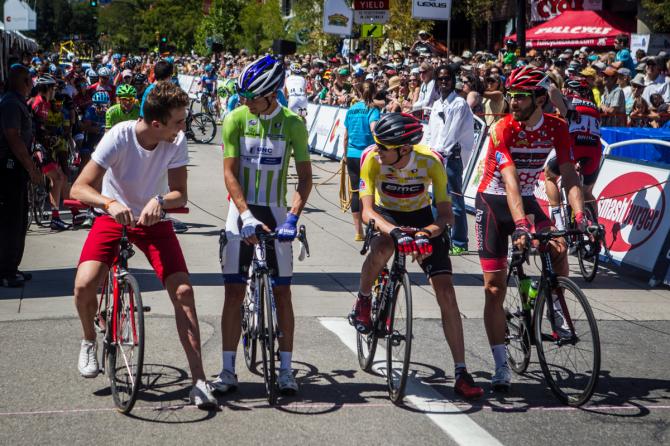
Family and friends were his safety net. “I was fortunate that I had a lot of good people around me, people who were not necessarily in the cycling world, and even cycling people who I could spend time with but not think about or talk about cycling. That was really important and I certainly had to have distance from the sport. I didn’t want to focus on where I had to go the whole time. I just had to respect the process and remove myself from it and explore different areas,” he says.
Phinney’s focus on and dedication to cycling before this period had been absolute, excluding almost any other diversion that did not fit in with his racing and training commitments. Suddenly freed up, he had the opportunity to investigate interests that had long been sidelined, most particularly his love of art and painting.
“That interest came from two different things. Firstly, my mom found all of these drawings that I’d done when I was a kid, before I was 10,” the BMC rider explains. “There were all these weird drawings, and she kept them because she liked how weird they were, how abstract but artistic they were.
“Along with that, she also found this kids’ book that she used to read to me. It was a [Jean-Michel] Basquiat book. There were poems in there by Maya Angelou and there were all of these Basquiat paintings. There was a correlation between the drawings I was doing as a kid and the paintings in this book. That led to me rediscovering Basquiat as an artist. I’d get his books and simply couldn’t put them down. I went to MOMA [the Museum of Modern Art] in New York City where there’s one big piece of his. I sat in front of it for an hour. I liked how complicated, weird and strange his paintings were, how there were no real rules to what he did. And I was like, ‘Man, maybe I should start doing some of that. It looks like fun.’”
Among the friends that Phinney began to spend time with was an old high school friend who shares his love of art. “Her name is Sophia and it was a perfect coincidence that I started hanging out with her and her family. One day I asked her if we could maybe paint sometime, and that’s what we ended up doing. I’ve got this clear memory of taking a paintbrush and spreading paint and being this far away from it,” he explains, holds his hand inches from his face. “I was laying on the ground, maybe just four or five inches away and I was spreading the paint, mixing some different colours in. I was thinking to myself, ‘Man, what am I going to do now? Because this is one of the best, most fun things I’ve ever done.’”
Phinney says that initially he was “just playing with colours, making weird things.” He goes on to explain that it had a more fundamental effect than simply enabling him to reconnect with a long-forgotten passion. “I made two discoveries, Firstly, when you’re an athlete you tend to think that you’re not really a creative type, that you’re a more regimented, schedule-oriented person. Then I discovered that I did have that side. The other aspect was that I also discovered there were no real rules.”
The Tour of Britain’s team presentation is about to kick off in the late afternoon sunshine in Colwyn Bay. As the introductions reverberate around the athletics track hosting the ceremony, Phinney reveals how his reacquaintance with art has changed him and his perspective on racing. “The reason art is so important to me is that it is really the only thing in my life that I do for myself. As an athlete you have to be really selfish. You’re trying to win races and do well so that you can get paid more and take care of people around you. You’re building your image. You compete for yourself but also for a lot of other people,” he explains.
“But art was the thing that I would do solely for myself and it didn’t matter if somebody else liked it. All that mattered was whether I liked it. In that same vein, when I make something that I’m really proud of, the people around me who really love me also really like it.”
Asked to describe his paintings, the American says that Basquiat remains his primary influence. “I took a lot of his stuff and tried to duplicate it. I’d see what I liked in his paintings, pick them out and put them into my paintings, but also try to find my own way. I’ve also discovered some other artists. The cool thing about art is that one can take one artist and find out who inspired them and you get this big tree, almost like a family tree, but it’s like a tree of inspiration. There’s Picasso and [Cy] Twombly, you can weave your way backwards. I love the idea in art that you also get in music of it being this really classical way to capture someone for a really long time, of it being really precise.”
Usually steady and laid back, Phinney is becoming more animated. BMC press officer Georges Lüchinger taps lightly on his watch in the background but the American politely makes it clear he wants to continue. “I love those times when people think, ‘I don’t want to make things that look real any more. I want to make them look weird,’ and I like imagining what those people were like, people like Monet, Matisse and others who deviated onto other paths,” he adds.
Asked to describe his paintings, Phinney says that they’re quite abstract and influenced by the fact that he can’t really draw. “If you asked me to draw something like a man on a bridge or a still life scene then I’m not that good. I think it would be good to learn that but one thing my friend Sophia told me is that one of the issues with learning too much or turning your art into a skill is that you can lose that child-like inhibition,” he says.
“I feel like I’m generally fearless with the canvas and paint. I respect the medium that I’m using but at the same time there are lots of occasions when I’ll paint something that I like but I’ll end up painting over it and as a result the finished product might look completely different. A lot of artists are afraid to be like that, to be weird, to be a true creative. I think sometimes you have to be strange, to go with what you like. I have that primary ingredient of being pretty weird but in a good sense.”
The rediscovery of a forgotten passion has also resulted in Phinney taking a fresh look at his life on the bike. “I thought a lot about myself as a cyclist and as an artist. I looked back to races that I won before my injury, how I would approach them. What I really enjoyed were those moments when I could produce something that was really different, even over the top. I always wanted to be an entertainer when I was on the bike because I realised we are kind of in the entertainment business,” he explains.
The American uses his stage win at the Tour of Poland in 2013 as an example. It was his first road win as a pro that wasn’t a time trial, and was a perfect marriage of instinct and power. Having accelerated clear seven kilometres from the finish in Katowice, Phinney kept the speeding bunch at arm’s length to win by a matter of metres.
“I held off the bunch sprint all by myself. That was so meaningful to me because I can still watch it now and feel how nervous everybody was watching it. That was a real performance,” he declares, adding: “So I guess I was becoming a little more attuned to the fact that I was trying to be a bit of an artist even before my accident. But the accident allowed me to really dive into it and become in touch with it. Now as I go forwards I’m more aware of it, although I don’t know how it will change my racing.”
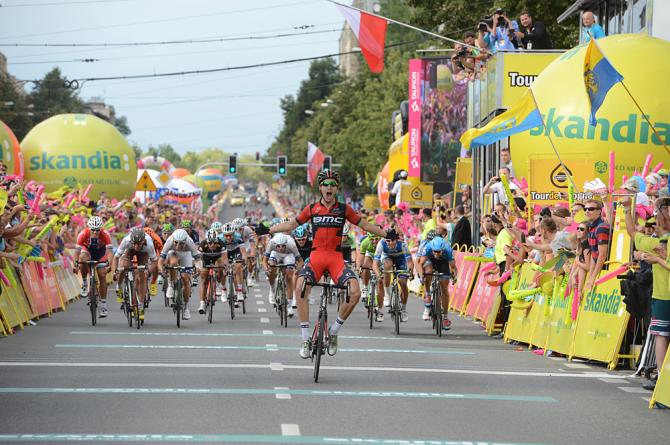
Phinney reveals that the enforced break has enabled him to consider other parts of his life in cycling as well. He believes this will help him in targeting and achieving his goals in the sport.
“One thing that I got to grips with was the fact that there has always been a lot of expectation on me throughout my entire career but at the same time there are only three or four people whose opinion of me I really care about,” he explains.
“That’s not to say that I don’t care how I’m perceived. But the people who are really important to me don’t have any expectations of what my cycling career is going to be like. They just want me to be happy. So I’ve been able to separate myself from any expectation, and I think I’ve reduced any pressure and stress in that realm. I think that’s really important in my personal life and for my personal happiness. It is a really hard balance between making the most of your talent, to take everything that you were given at birth and turn it into 100 per cent of what you’re capable of, and at the same time be able to be a happy and emotionally stable person.”
To back this up, he points to some of the stellar athletes he looked up to as a child and reflects on how glum many of them were, how they could no longer get the pleasure they once received from cycling. “When I got to know them, I realised that some of the most successful athletes in the world are generally pretty miserable and unhappy. I always struggle with that. When I was 21 or 22 and turned pro, I always struggled with, ‘How am I going to be the best that I can be without sacrificing so much that I’m no longer happy with my life?’ I have one shot at this and I’m dedicating all of my 20s and maybe some of my 30s to what I’m doing,” he says.
“I need to make sure that I’m getting all that I can out of it personally and at the same time making sure that I’m not sacrificing too much, so that when I leave I still have a big foundation of love and support to carry me on to whatever else I want to do.”
As the press officer’s tapping becomes a little more insistent, Phinney turns to the more immediate focus of his continuing campaign to return to full fitness. “I’ve had a couple of good races but I still have to stay on top of my therapy and my recovery. I’m still in that process. Due to the severity of the injury, I’ve been told it will be two years minimum until I get the muscle mass back,” the BMC rider says.
He acknowledges that the prospect of representing his country in a home Worlds spurred him on but is slightly concerned it may be too soon, even with the good form he showed in Colorado. “It adds a little bit of pressure that I could maybe do without,” he says. “At the same time, it’s nice to feel some pressure because for the last year and a half I’ve just been doing my own thing and recovering. During times like that you realise that those pressured moments are what you live for.”
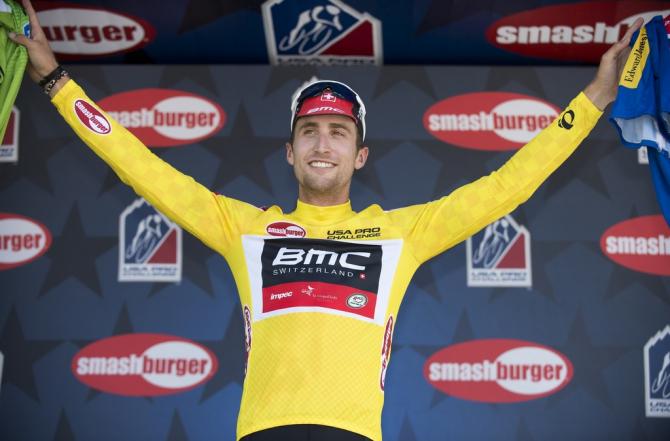
This feature appears in the latest issue of Procycling. To subscribe to the magazine, click here.